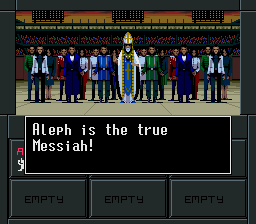 Since I can’t seem to find again a reading momentum, I’m left with introductions to books instead of reviews. Today I received a copy of Tor mass market version Midnight Tides with the new cover and “The Tyranny of the Night” by Glen Cook, the first in the trilogy called “The Instrumentalities of the Night”, whose last book came out recently (wasn’t this series planned to be a tetralogy?).
Since I can’t seem to find again a reading momentum, I’m left with introductions to books instead of reviews. Today I received a copy of Tor mass market version Midnight Tides with the new cover and “The Tyranny of the Night” by Glen Cook, the first in the trilogy called “The Instrumentalities of the Night”, whose last book came out recently (wasn’t this series planned to be a tetralogy?).
I bought this book because from the information I’ve gathered it seems quite interesting. Glen Cook strongly influenced Steven Erikson’s Malazan series and it seems that in this case the influence went the other way. Some aspects of mythology are shared, like magic having a strong impact on the setting and gods meddling directly with human affairs and leading wars personally. The book also got a reputation of being quite complicate and wasting no space to explain the intricacies of what is going on, including many and fast POV switches. The setting is also interesting because it’s a very distorted (to the point of being unrecognizable) medieval Europe where religious crusades are going on and everyone is in a war with someone else.
In a way it reads like Erikson, hardcore version. Glen Cook has always been a writer with a very terse prose. Here it’s even more rooted in that principle. The prose is often a chain of brief assertions: “Night gathered.” “Torches came to life.” “The drums shifted their beat.” Leading to: “A dozen sea people surrounded the ship.” Like that, no previous exposition or context. Who are these sea people? What they look like? Why are they appearing like that? Obviously nothing is given, and those sea people exit the scene in the same way they entered, with no further exposition. The reader is a mere witness and understanding is a kind of personal journey that one will achieve along the way. The language and style comes right from the setting, is part of it. You are just given glimpses of scenes and are left to put the pieces together on your own. There’s no red carpet being unrolled at your feet. Perfectly Erikson-style.
The first paragraph is a wonder on its own:
It is an age lurching along the lip of a dark precipice, peeking fearfully into chaos’s empty eyes, enrapt, like a giddy rat trying to stare down a hungry cobra. The gods are restless, tossing and turning and wakening in snippets to conspire at mischief. Their bastard offspring, the hundred million spirits of rock and brook and tree, of place and time and emotion, find old constraints are rotting. The Postern of Fate stands ajar. The world faces an age of fear, of conflict, of grand sorcery, of great change, and of greater despair amongst mortal men. And the cliffs of ice creep forward.
Great kings walk the earth. They cannot help but collide. Great ideas sweep back and forth across the face of a habitable world that is shrinking. Those cannot help but fire hatred and fear amongst adherents of dogmas and doctrines under increasing pressure.
As always, those who do the world’s work most dearly pay the price of the world’s pain.
There. Game Over. The book could as well end there, he wrapped up everything. Most of that may as well sound like a cliche in the genre today, but Glen Cook has the talent of making it very real and actual. It’s the prose itself being gritty and pragmatic, evoking scenes without flowery descriptions or digressions. It’s brutally effective.
This type of introductory manifesto goes on, including lots of obscure namedropping:
Chaos scribbles with no regard to linear or narrative thought. Events in Andoray, in the twilight of the sturlanger era, when the ice walls are still a distant curiosity, precede those in Firaldia, Calzir, Dreanger, the Holy Lands, and the End of Connec by two centuries.
Events among the Wells of Dirian seldom seem connected to anything else, early on. That region is in permanent ferment. There are as many sides to a question as there are city-states capable of raising militias.
And also more of the dreary mood:
The divine conspiracy is no great engine with goose-greased parts turning over smoothly. It is a drunken tarantella in a cosmic town square where the dancers frequently forget what they are doing and wander off drunkenly, bumping into things, before purpose is recollected.
That was basically just the first page and presentation of the book, the actual first chapter resembles closely to the way The Black Company starts (“There were prodigies and portents enough, One-Eye says.”), with a bunch of omens and the feeling of how superstitions are in this setting immediately concrete. And the prose is always at the ground level with the people it describes. It never elevates to omniscience and is merely asserting what the characters themselves believe:
Something screamed on the mountainside. Nearer, some thing laughed in the dark.
The hidden folk were never far away.
In the following section a strange creature appears near a camp in a forest.
“What have we got? I don’t see anything.”
“Right there. The darkness that hides the trees behind it.”
He saw it now. “What is it?” He saw more as his eyes adapted.
“It’s a bogon. The master spirit of the countryside. In a more settled land it would be a local deity, probably confined inside an idol in a town temple. To limit the amount of evil it could do. Out here, where no one lives, it would remain diffused. Normally.”
“Normally.” The darkness now had a vaguely manlike shape, but doublewide and fourteen feet tall.
It turns out they have some sort of experimental cannon and they try to use it.
The falcon gouted flame, thunder, and a vast cloud of sulfurous smoke. Else understood instantly that he had been right to overcharge. The firepowder had been damp. It had burned slow. It created so much smoke that, for half a minute, it was impossible to discover the effect of the shot.
Ah! That part had gone perfectly. The bogon was down, full of holes, with darkness evaporating off it like litde streamers of black steam. Shredded wolf lay scattered around the monster. Beyond, brush had been leveled and trees stripped of their bark. Several small fires burned out there, already dying. And then there was the quiet, a silence as profound as that in the Void before God created Heaven and Earth.
Quite tickling and revealing that last sentence…
P.S.
No, the picture isn’t a mistake. I thought it was fitting since the book also features “crusades and corrupt popes”. It’s taken from a cult game series, Shin Megami Tensei. I’m playing “Nocturne” a more recent installment that also has a reputation of being truly hardcore and where the end of the world happens fifteen minutes into the game. You’re left wandering a bleak post-apocalyptic world filled with demons and lost souls, and you get to rebuild the world (The Conception) the way you like. It messes quite a bit with religion and is filled with very bizarre and psychedelic scenes.
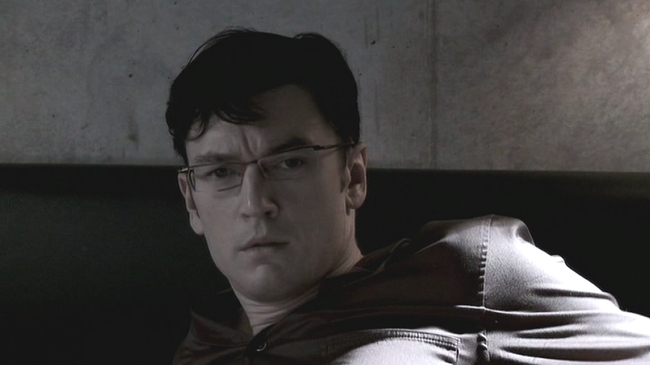
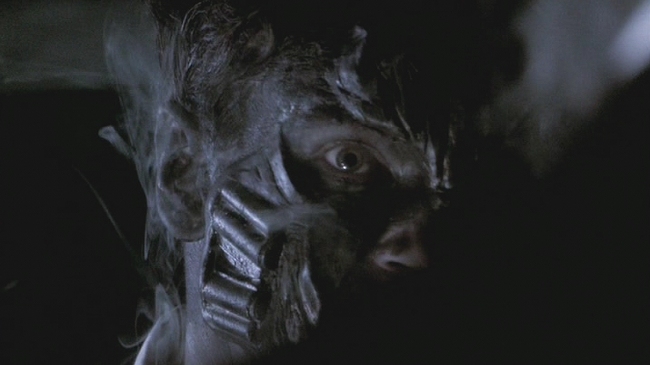
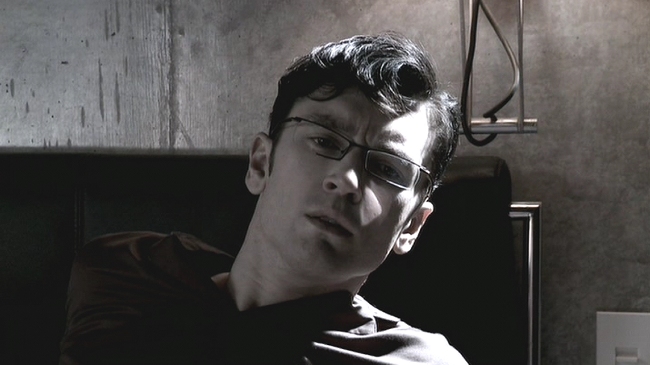
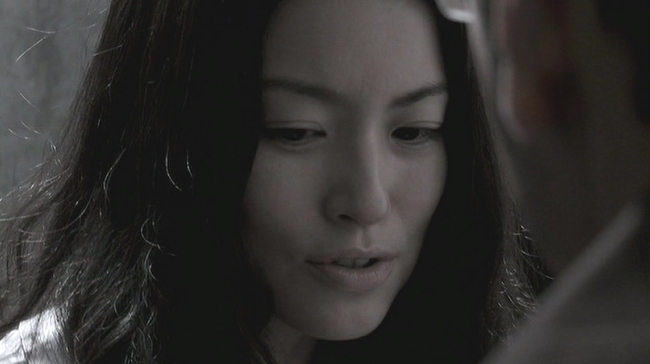
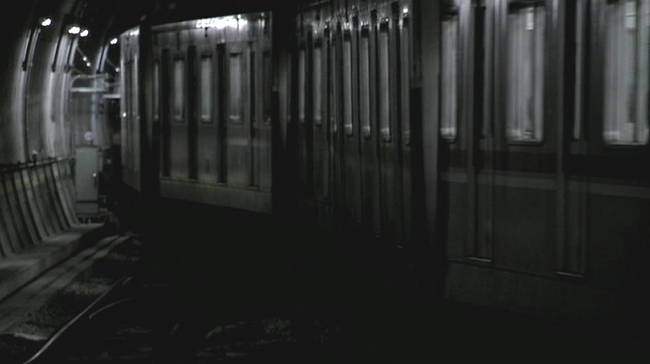
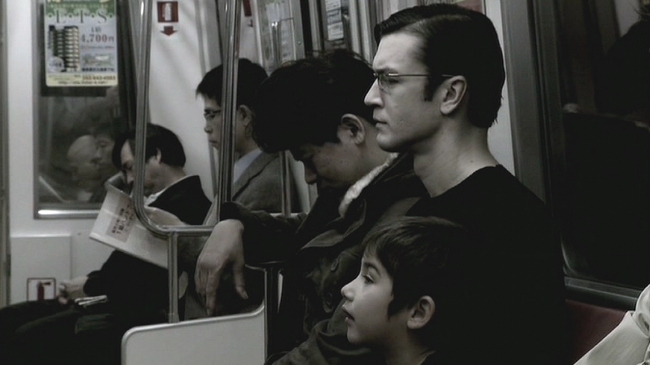
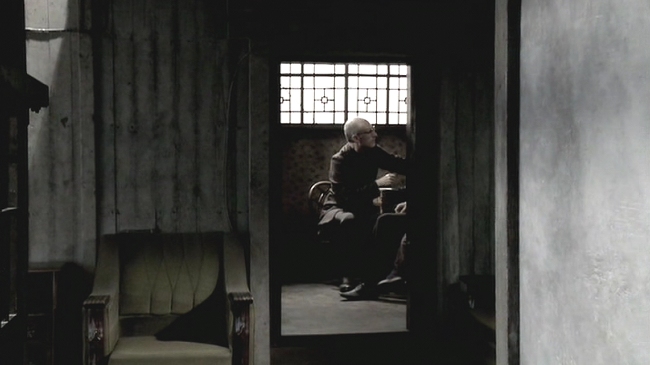
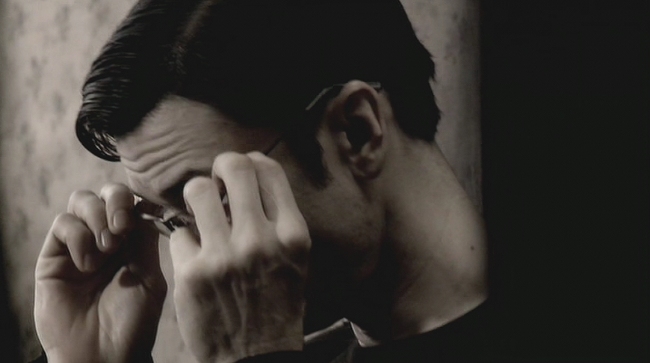
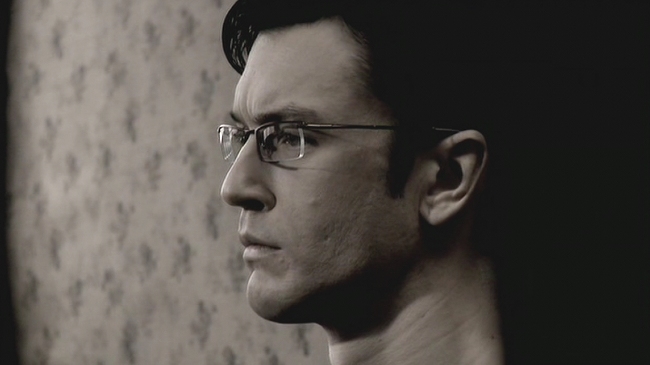
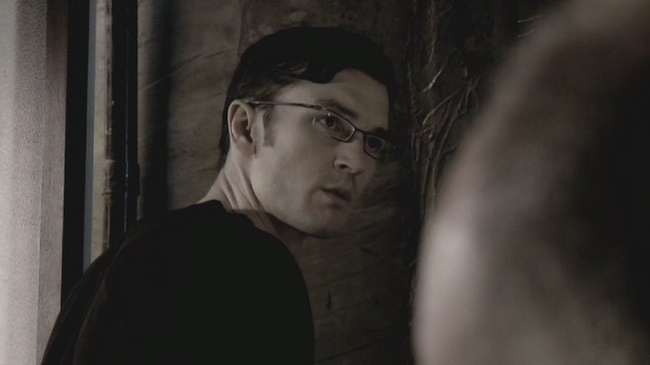
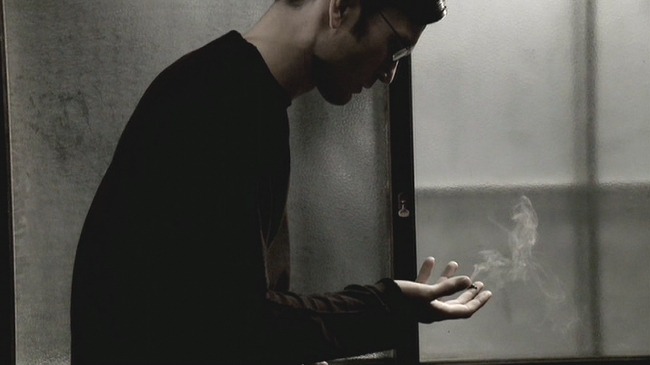

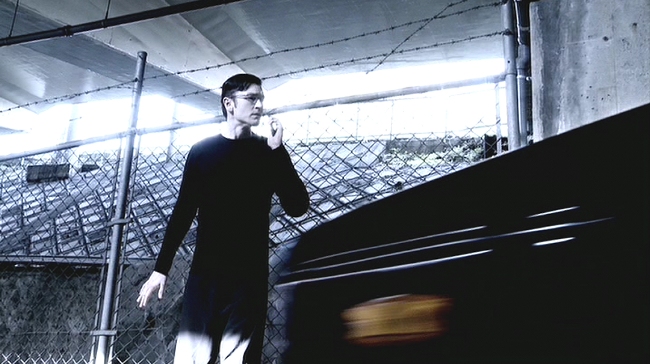

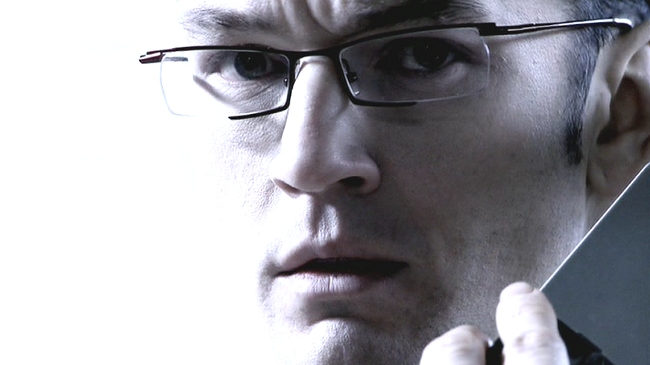
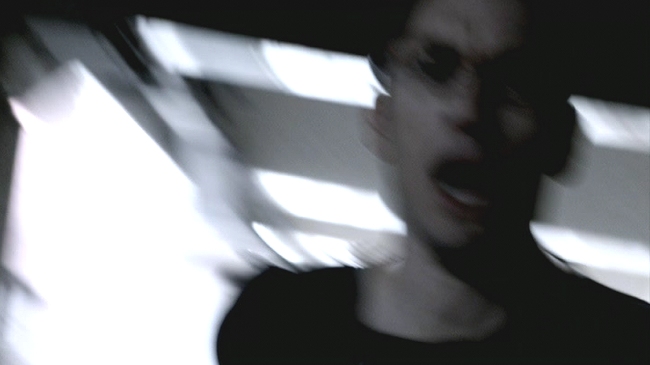
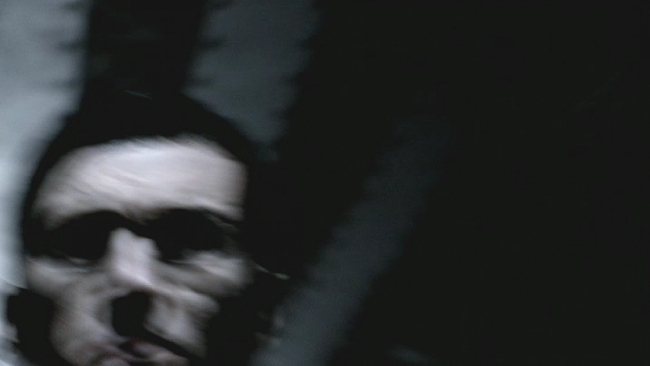
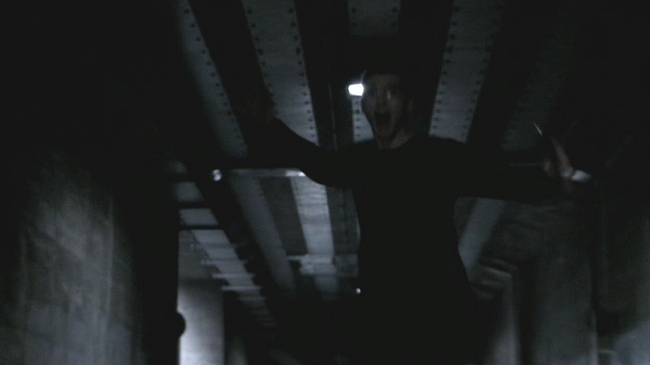
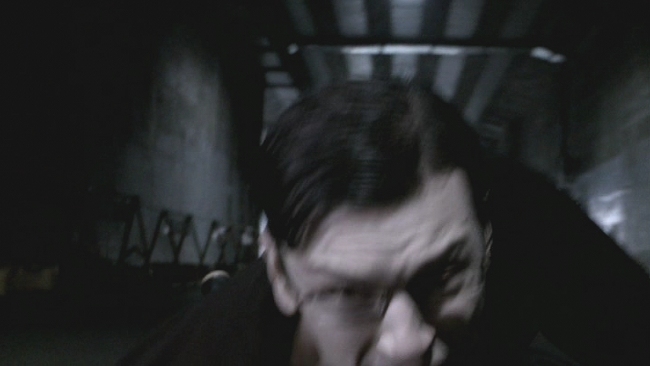
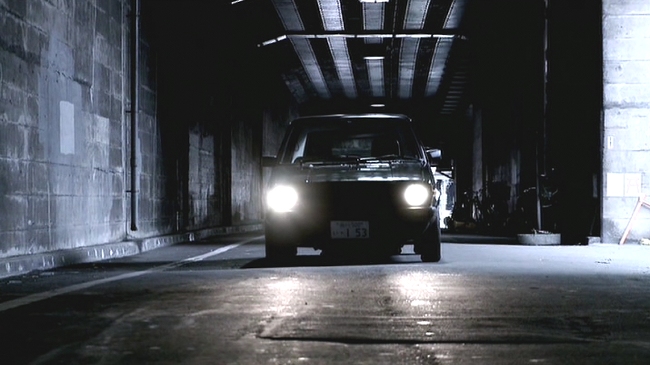
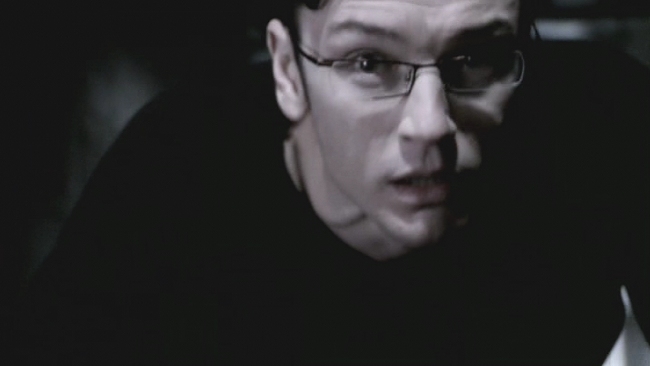
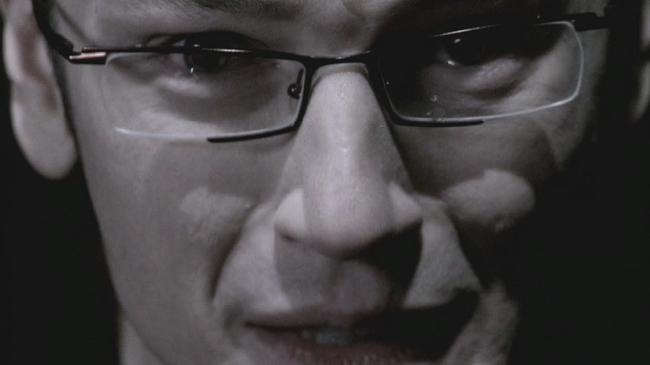
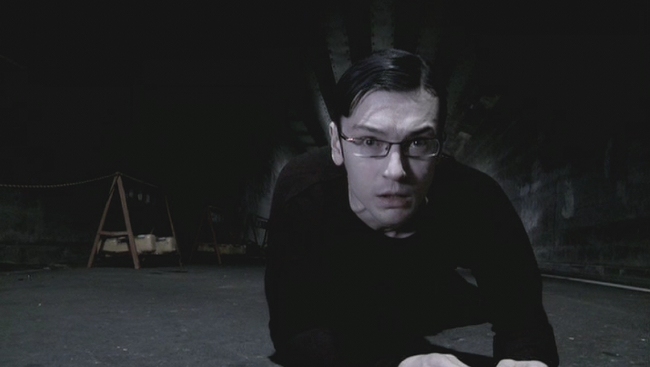
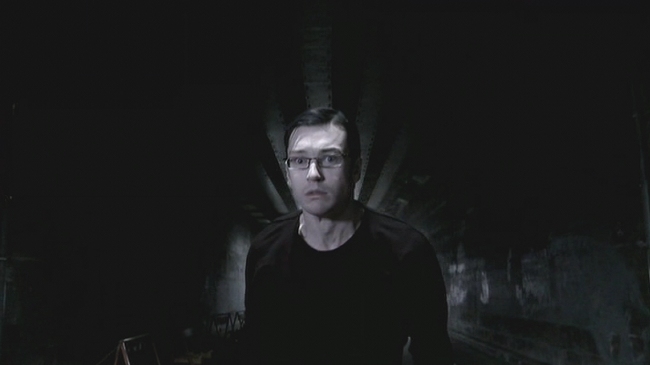
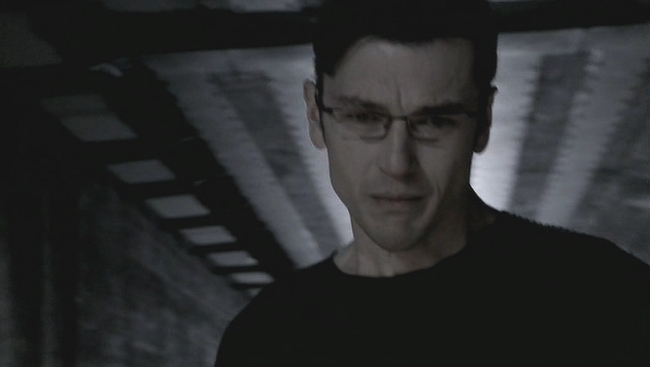
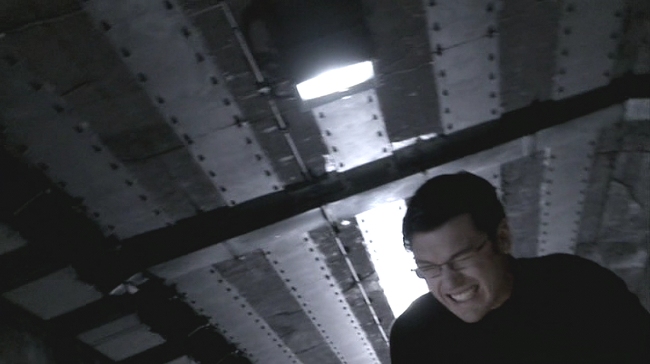
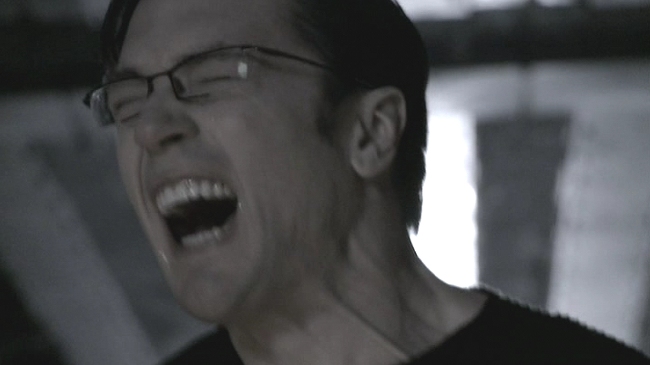
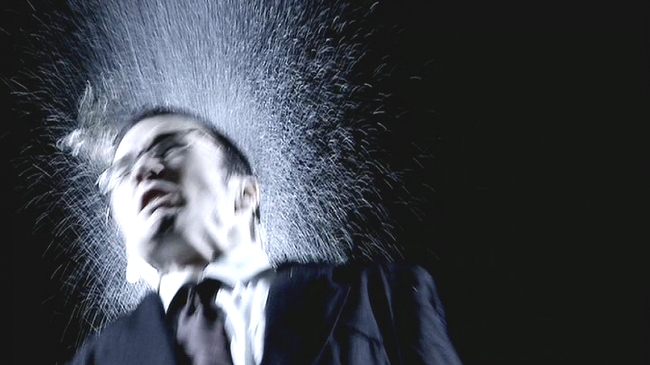
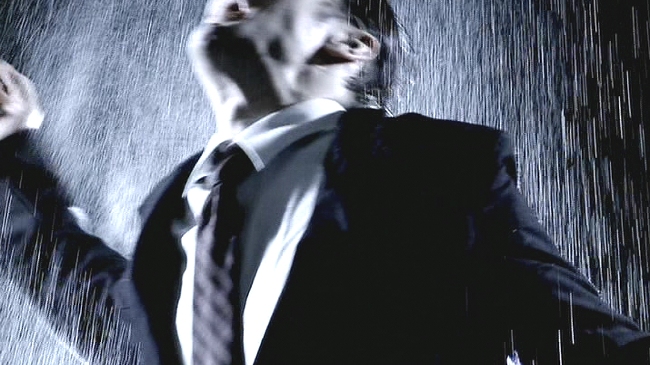
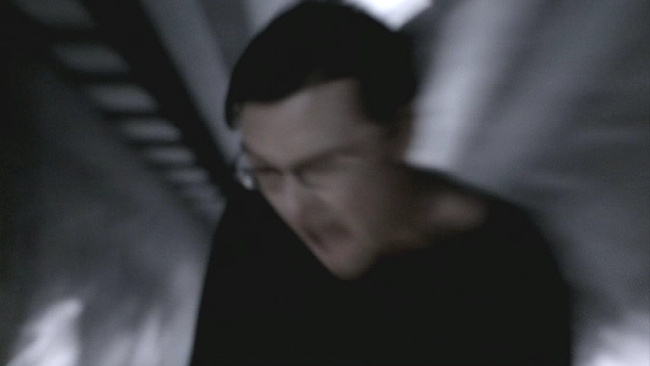
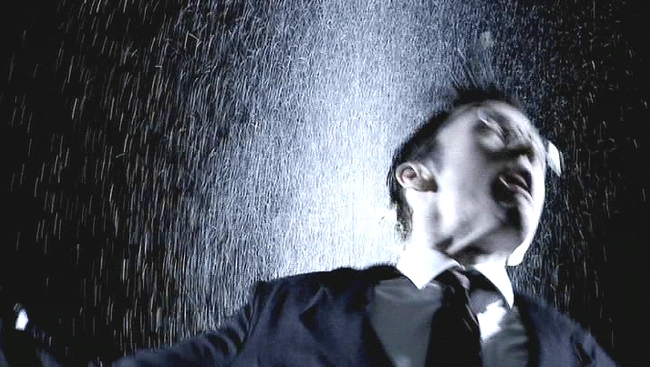
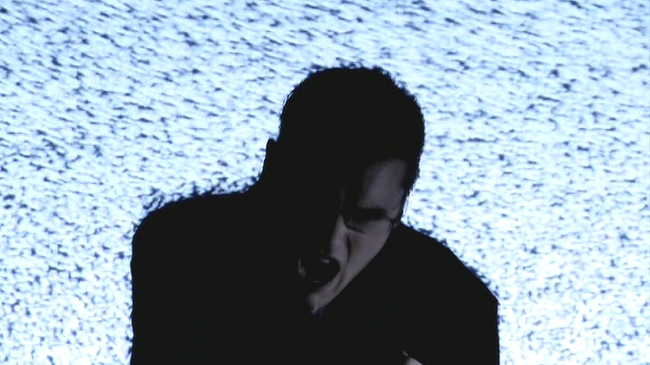
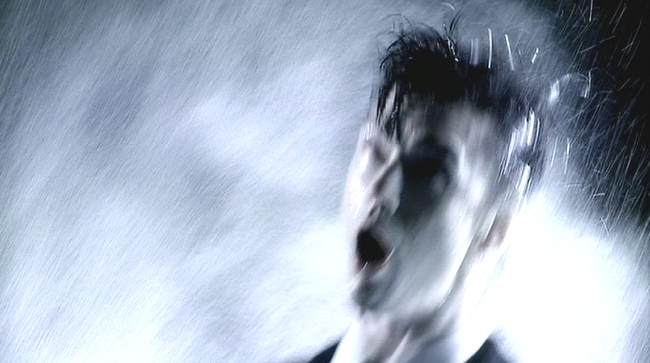
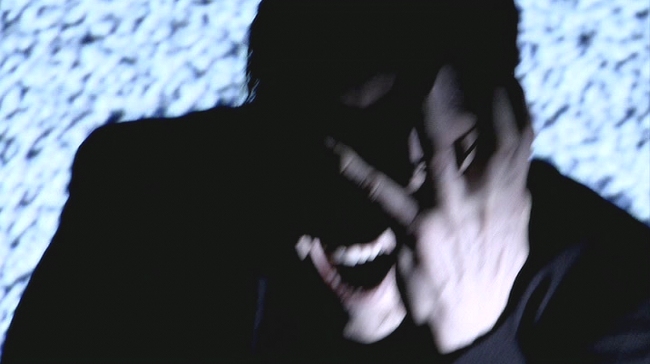
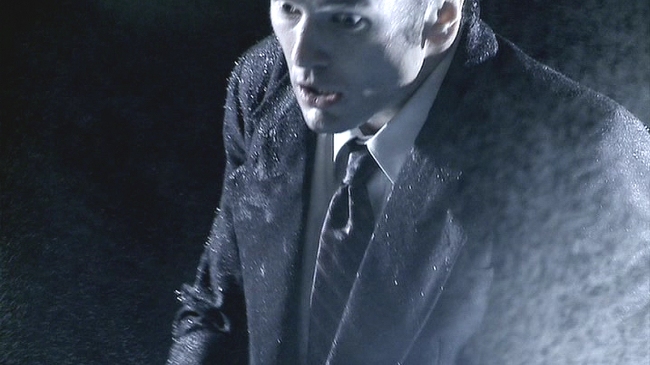

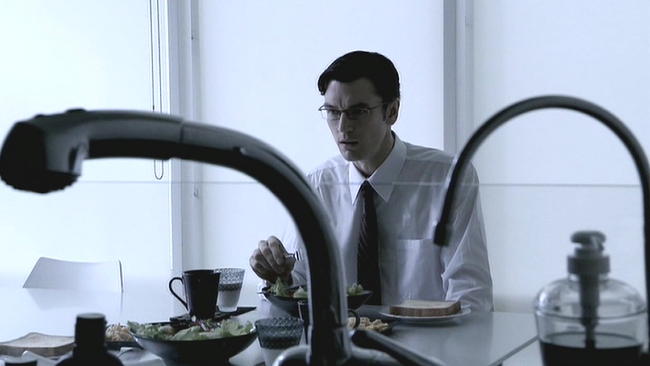
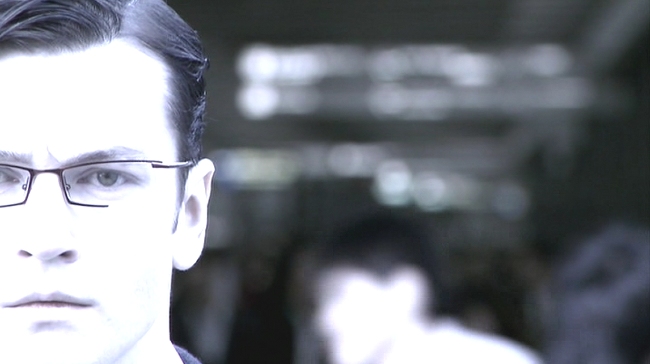
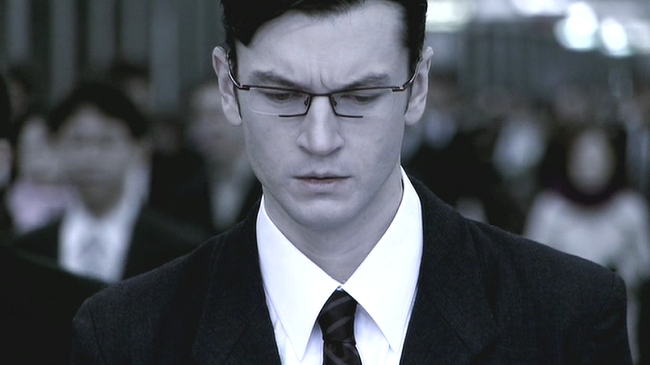
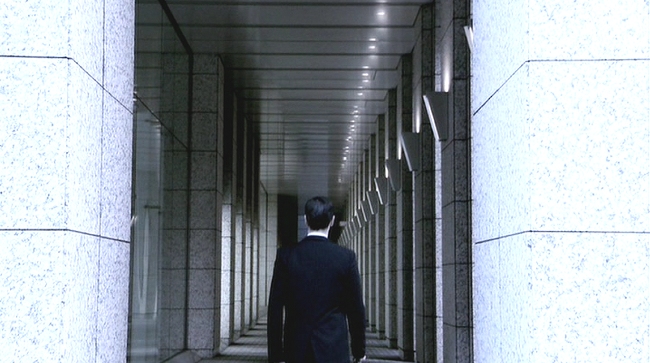

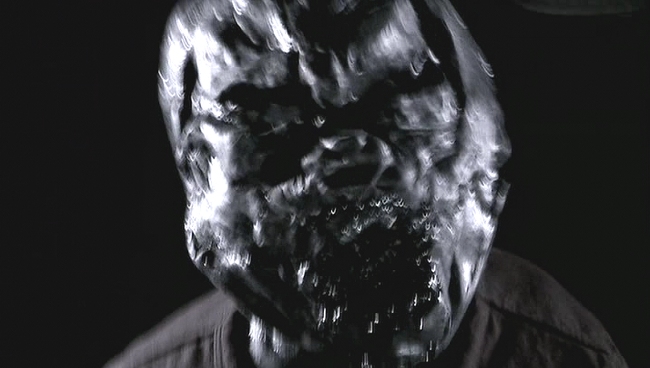
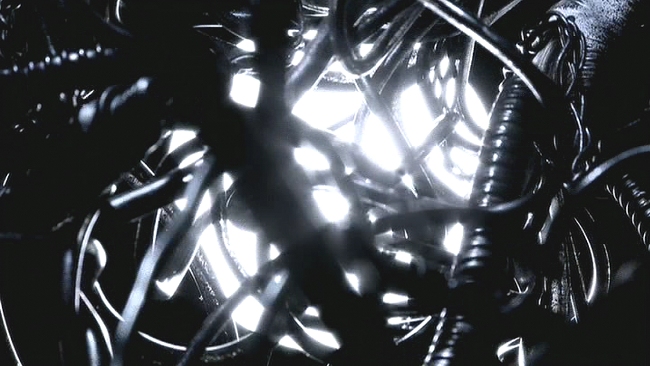
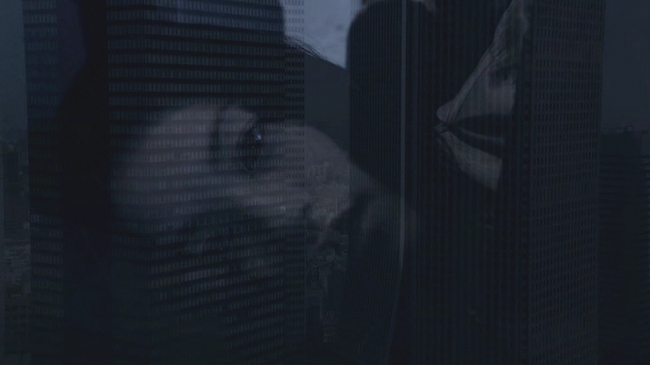
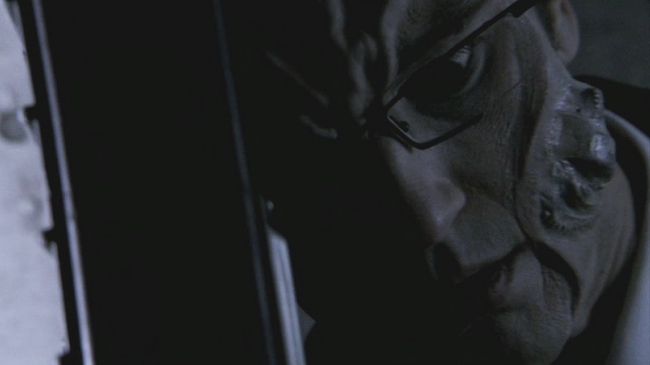
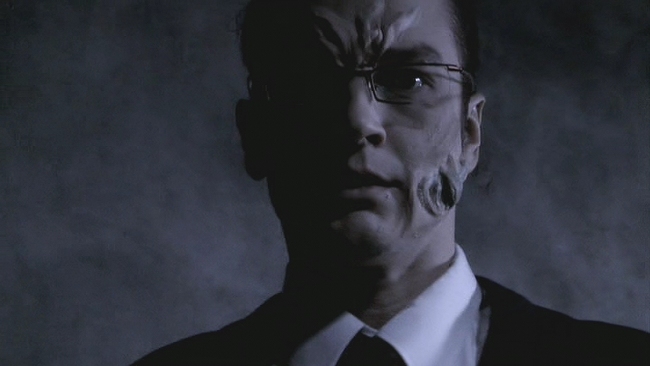
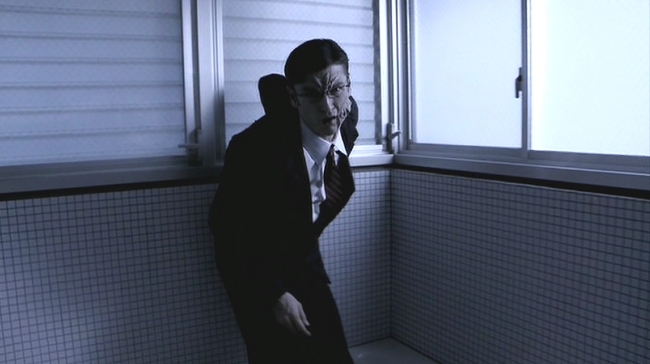
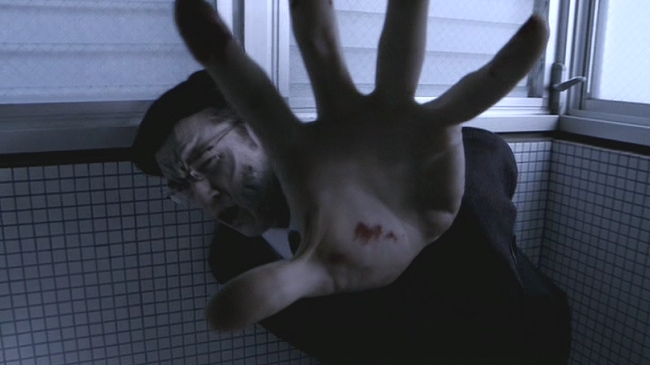
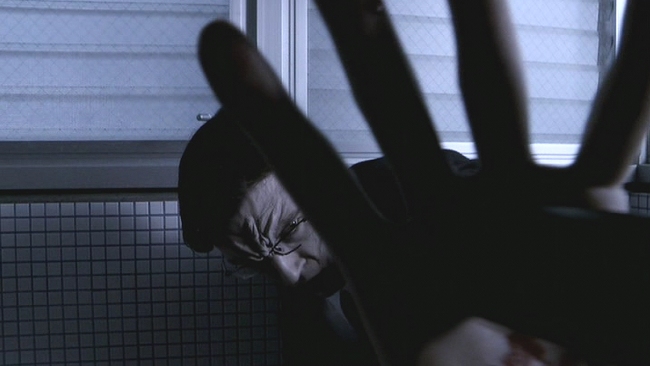
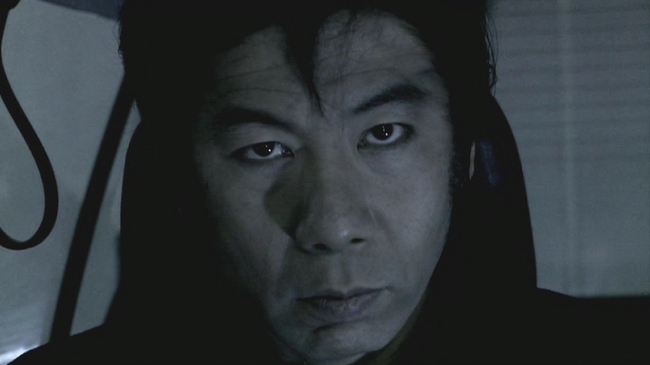
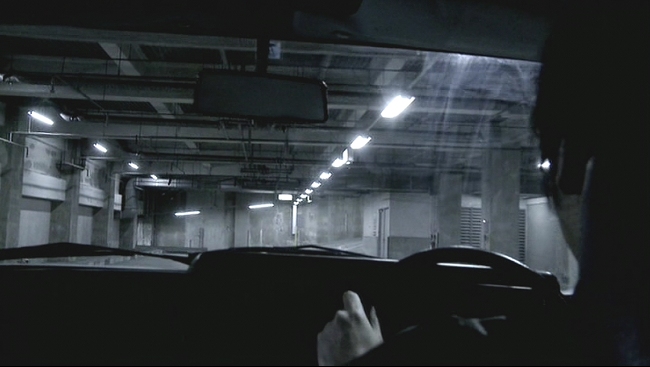
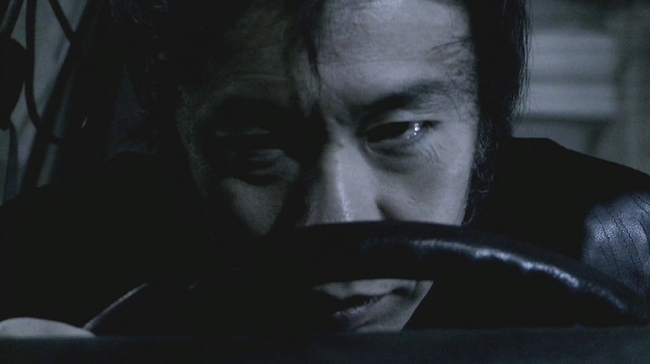
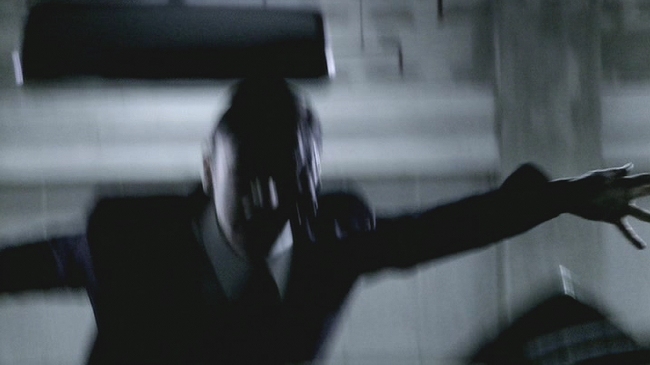
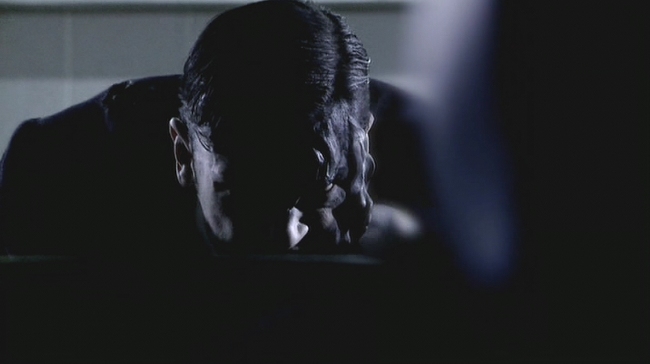
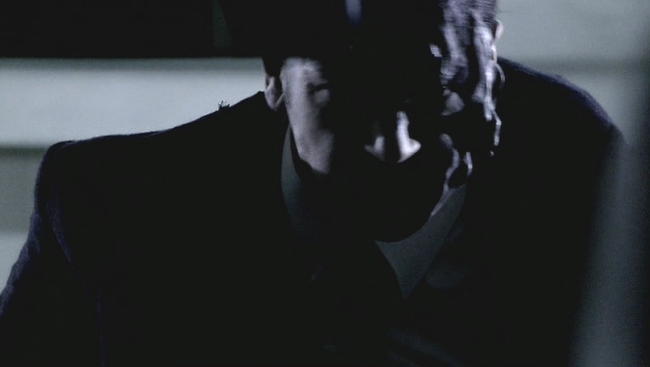
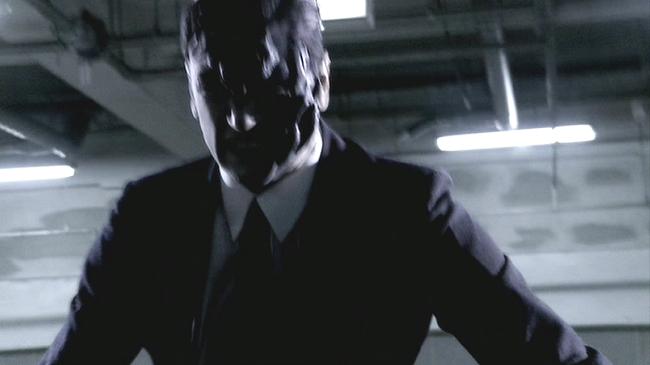
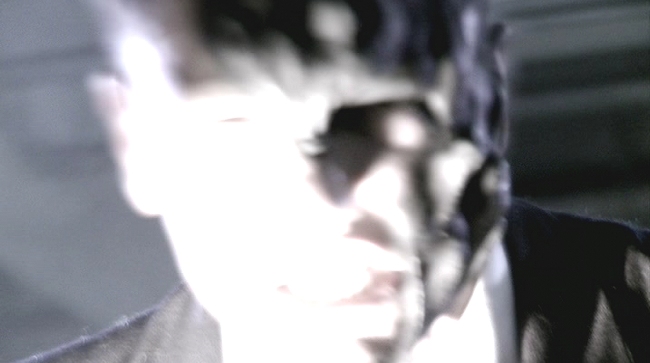
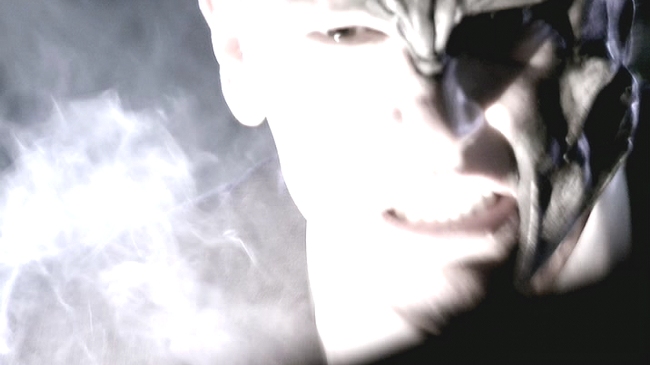


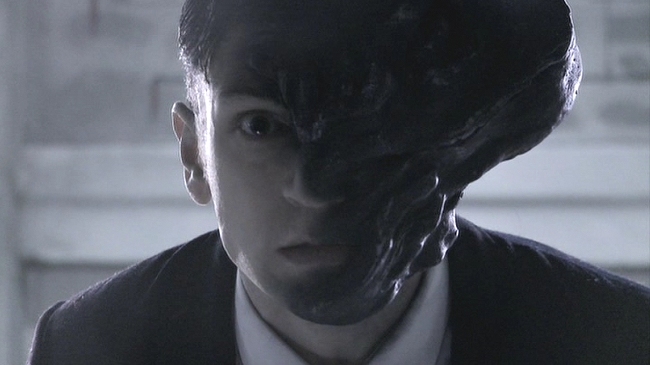
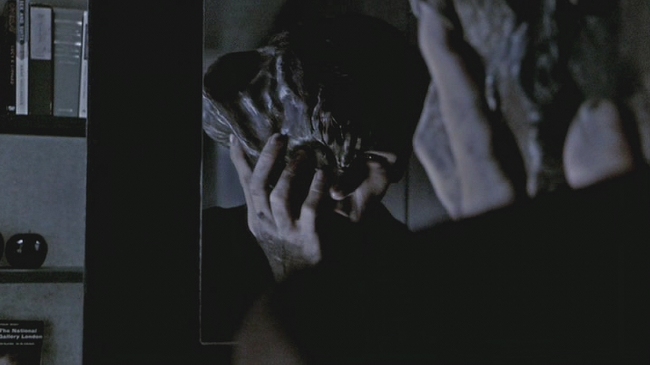
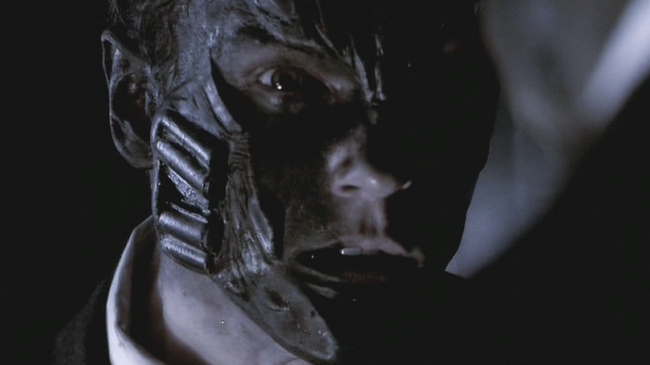
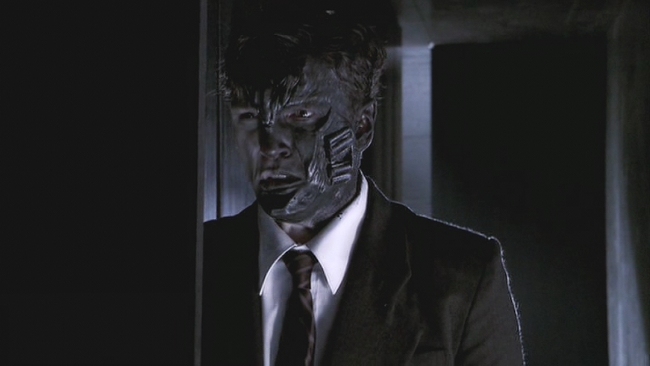
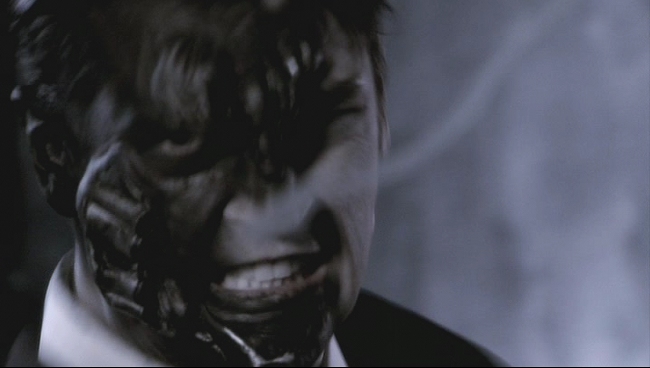
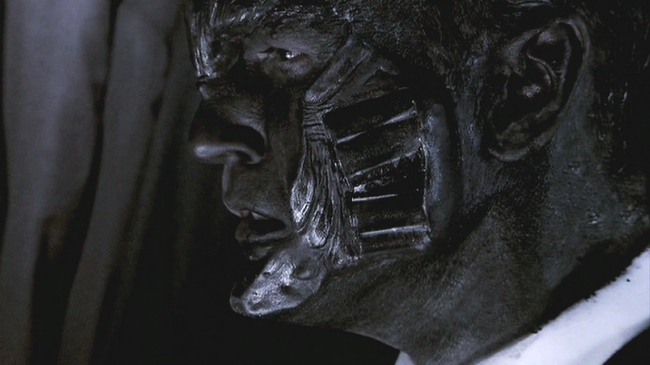
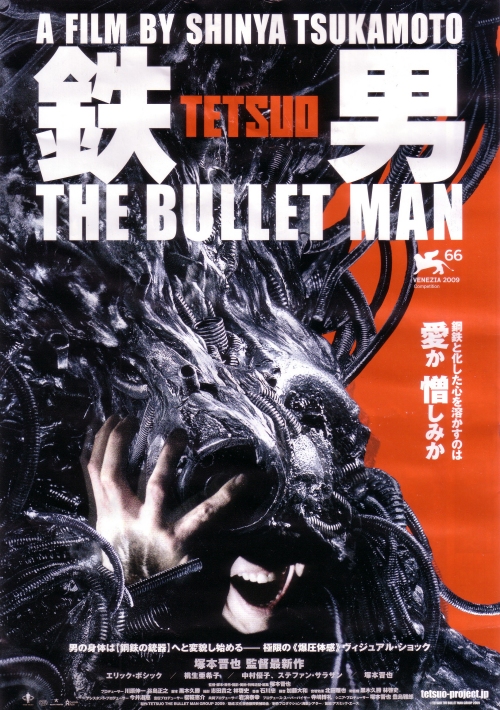
 Since I can’t seem to find again a reading momentum, I’m left with introductions to books instead of reviews. Today I received a copy of Tor mass market version Midnight Tides with the new cover and “The Tyranny of the Night” by Glen Cook, the first in the trilogy called “The Instrumentalities of the Night”, whose last book came out recently (wasn’t this series planned to be a tetralogy?).
Since I can’t seem to find again a reading momentum, I’m left with introductions to books instead of reviews. Today I received a copy of Tor mass market version Midnight Tides with the new cover and “The Tyranny of the Night” by Glen Cook, the first in the trilogy called “The Instrumentalities of the Night”, whose last book came out recently (wasn’t this series planned to be a tetralogy?).